|
Voiced by Amazon Polly |
Overview of Internet of Things
Recently, IoT devices have exploded in applications such as farming, wearables, smart cities, IoT retail shops, vehicle tracking, and many others. These IoT devices generate a lot of data, which is then sent to the cloud to be processed. Engineers must first structure them before proceeding with the analytics process as IoT data is typically unstructured and difficult to analyze. AWS IoT allows you to convert unstructured data to structured data and perform analytics on that data.
Freedom Month Sale — Upgrade Your Skills, Save Big!
- Up to 80% OFF AWS Courses
- Up to 30% OFF Microsoft Certs
- Ends August 31
Introduction to AWS IoT Analytics
AWS IoT Analytics is a managed service that makes it simple to perform and implement analytical models on large amounts of IoT data without the complexity and cost of building an IoT analytics solution. It is the simplest way to analyze IoT data and gain insights into how to make better, more accurate decisions for IoT applications and machine learning use cases.

In most circumstances, IoT data is usually unstructured. Typical analytics and business intelligence systems built to analyze structured data find evaluating challenging. IoT data is generated by devices that frequently capture noisy processes (such as motion, temperature, or sound). These devices’ data often contains significant gaps, garbled signals, and misleading readings that must be cleaned out before analysis occurs. Furthermore, IoT data is frequently only valid when combined with additional third-party data inputs.
AWS IoT Analytics simplifies all the time-consuming tasks involved in analyzing data from the device. Before storing IoT data in a time-series data repository for analytics, AWS IoT Analytics filters, converts, and enhances it. AWS IoT Analytics enables you to apply mathematical transforms to processing data and filter specific IoT device data using MQTT topics. Ad hoc or periodic queries that use the built-in SQL query engine are in the future for AWS IoT Analytics and it has the built-in machine learning models for common IoT use cases.
You also can run your own customized analysis on AWS IoT Analytics by packaging it in a container. AWS IoT Analytics schedules the successful implementation of personalized analyses generated in Jupyter Notebook or even your own tools (like Octave, MATLAB, and so on). It also supports QuickSight integration for analytics data visualization.
AWS IoT Analytics Workflow
AWS IoT Analytics gets data from various IoT devices via the AWS IoT core and from kinesis data streams via lambda. We can collect data through channels that accept multiple formats. Pipelines help to modify and enrich the data with external sources and add or eliminate unnecessary data. The processed data will be saved in time series format in the Datastore. AWS IoT Analytics inbuilt stored the data in S3 to reduce costs. You may query the datastore and construct the data set using SQL queries; after the data set is complete, we can easily visualize and analyze it using QuickSight.

Amazon QuickSight is a business intelligence service from Amazon. QuickSight allows you to share insights with collaborators. Learn more about the Top 5 AWS Data Analytics Services to Master in 2022 here.
Advantages of AWS IoT Analytics
- Put your analytical workflows into action- AWS IoT Analytics automates the execution of the specified analysis dataset based on the requirement.
- Run queries on IoT data easily – You can use the built-in SQL query engine in AWS IoT Analytics to conduct simple, ad-hoc queries.
- Optimized data storage- processed IoT devices data is saved in a time-series format in a data store. This datastore helps too quick to query the data.
- Gets your IoT data ready for analysis- AWS IoT Analytics features data preparation tools that simplify preparing and processing data for analysis.
- Machine learning tools- Using Jupyter notebooks, we can easily apply machine learning to IoT data.
Real-time Use Cases
- Smart agriculture – We can quickly analyze data collected by agricultural IoT devices.
- Predictive maintenance – pre-built templates in AWS IoT Analytics provide a robust predictive maintenance module.
- Process efficiency evaluation – Businesses can use AWS IoT Analytics to create apps that regularly analyze the performance of various activities and make calculated decisions to advance their growth.
Conclusion
Thus, we can easily examine the data with AWS IoT Analytics. We can filter the most significant data points and transform them using formulae, allowing us to put your analytical workflows into action, conveniently query IoT data, optimize data storage, get your IoT data ready for analysis, and use machine learning techniques.
Freedom Month Sale — Discounts That Set You Free!
- Up to 80% OFF AWS Courses
- Up to 30% OFF Microsoft Certs
- Ends August 31
About CloudThat
CloudThat is an award-winning company and the first in India to offer cloud training and consulting services worldwide. As a Microsoft Solutions Partner, AWS Advanced Tier Training Partner, and Google Cloud Platform Partner, CloudThat has empowered over 850,000 professionals through 600+ cloud certifications winning global recognition for its training excellence including 20 MCT Trainers in Microsoft’s Global Top 100 and an impressive 12 awards in the last 8 years. CloudThat specializes in Cloud Migration, Data Platforms, DevOps, IoT, and cutting-edge technologies like Gen AI & AI/ML. It has delivered over 500 consulting projects for 250+ organizations in 30+ countries as it continues to empower professionals and enterprises to thrive in the digital-first world.
FAQs
1. What is the use case of AWS IoT Analytics?
ANS: – Some modernized AWS IoT Analytics use cases are Smart agriculture, Predictive maintenance, and Process efficiency evaluation.
2. What are the two AWS IoT Analytics functions?
ANS: – Cleaning and filtering.
3. How am I charged for AWS IoT Analytics?
ANS: – To learn more about price, see the AWS IoT Analytics pricing page.

WRITTEN BY Vasanth Kumar R
Vasanth Kumar R works as a Sr. Research Associate at CloudThat. He is highly focused and passionate about learning new cutting-edge technologies including Cloud Computing, AI/ML & IoT/IIOT. He has experience with AWS and Azure Cloud Services, Embedded Software, and IoT/IIOT Development, and also worked with various sensors and actuators as well as electrical panels for Greenhouse Automation.


 Login
Login


 September 27, 2022
September 27, 2022 PREV
PREV
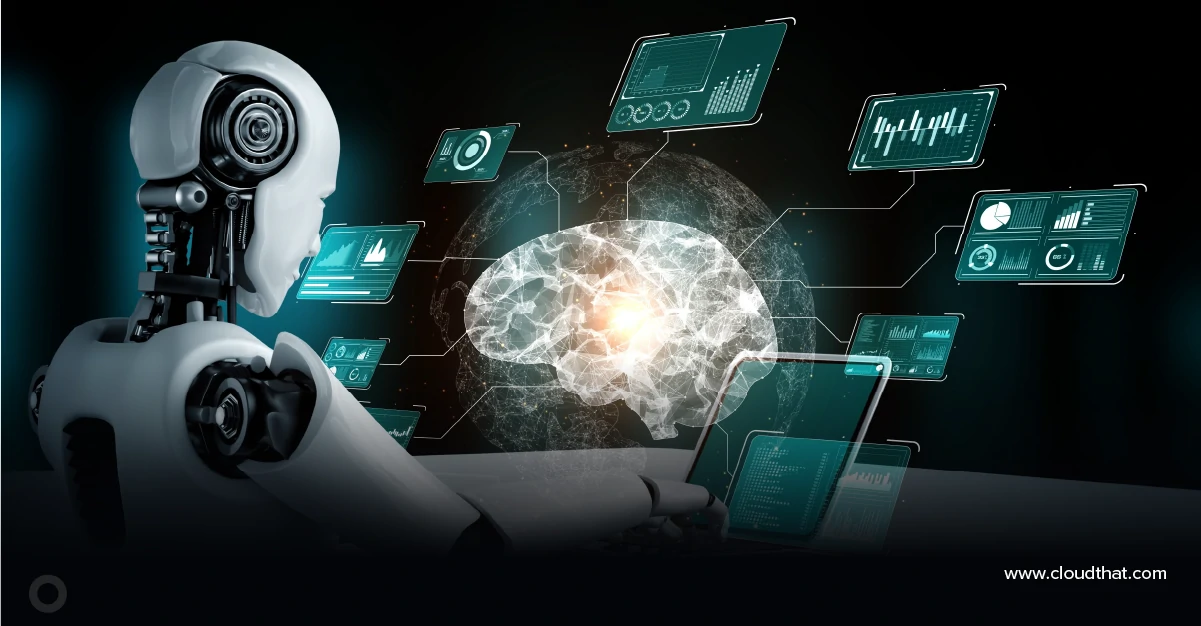

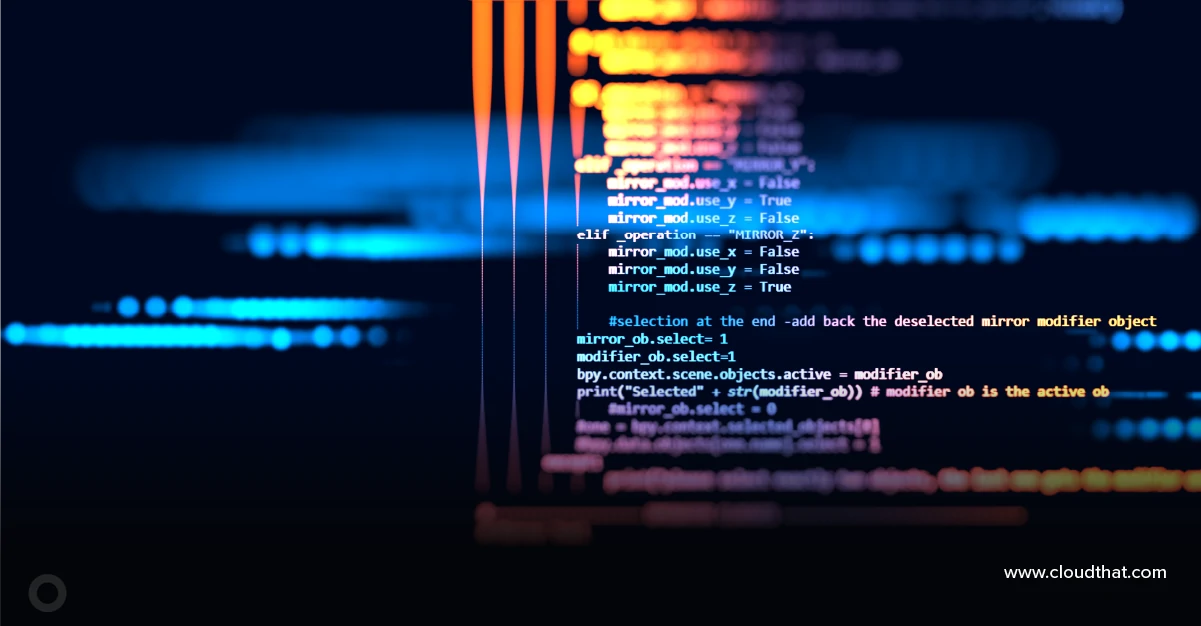


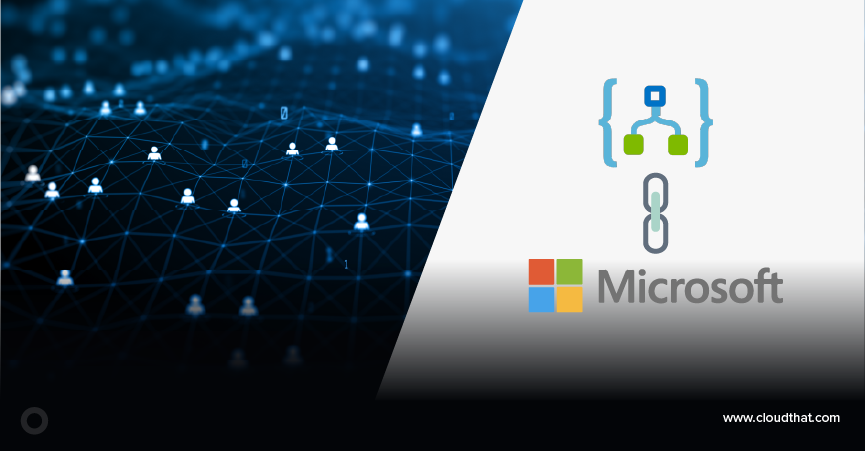
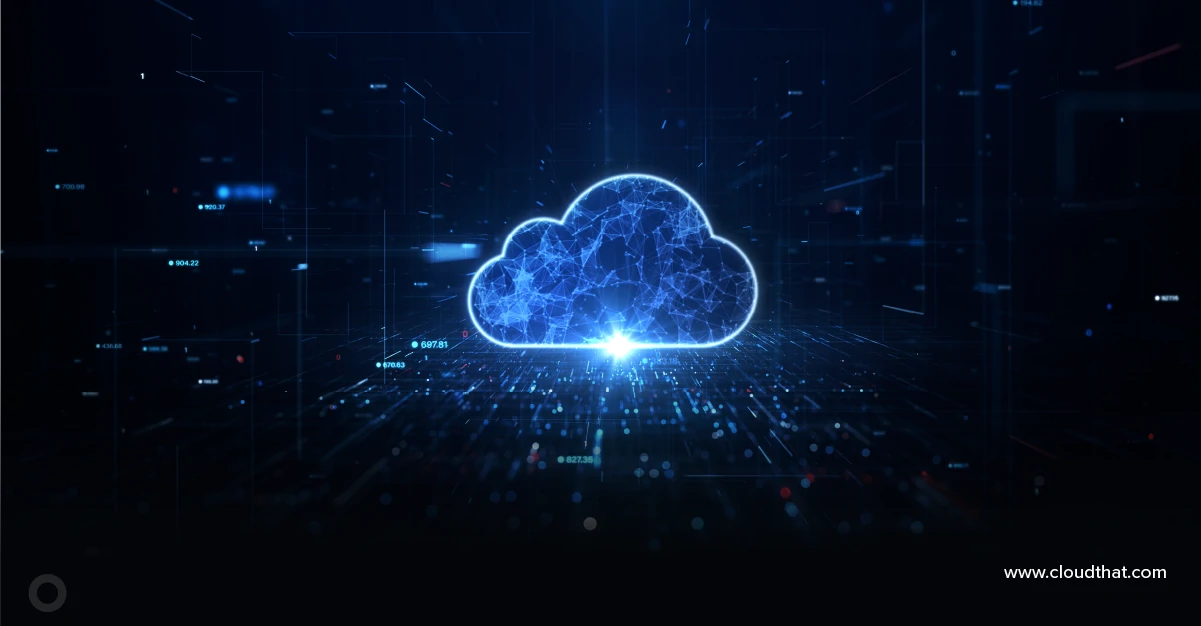

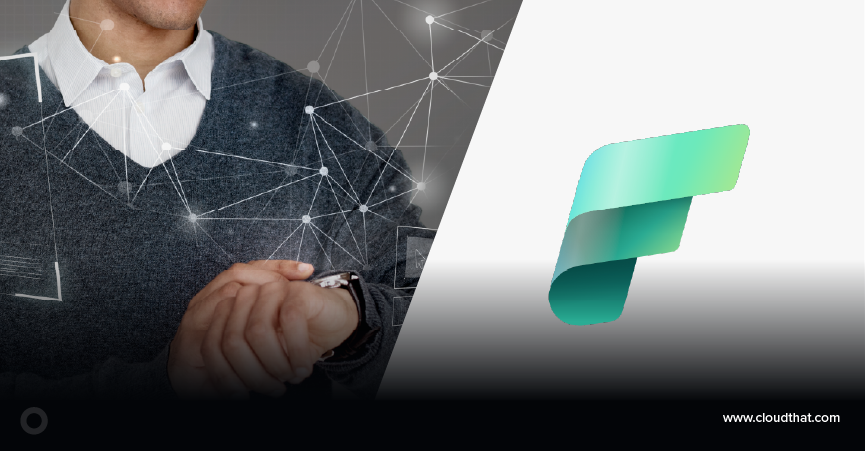
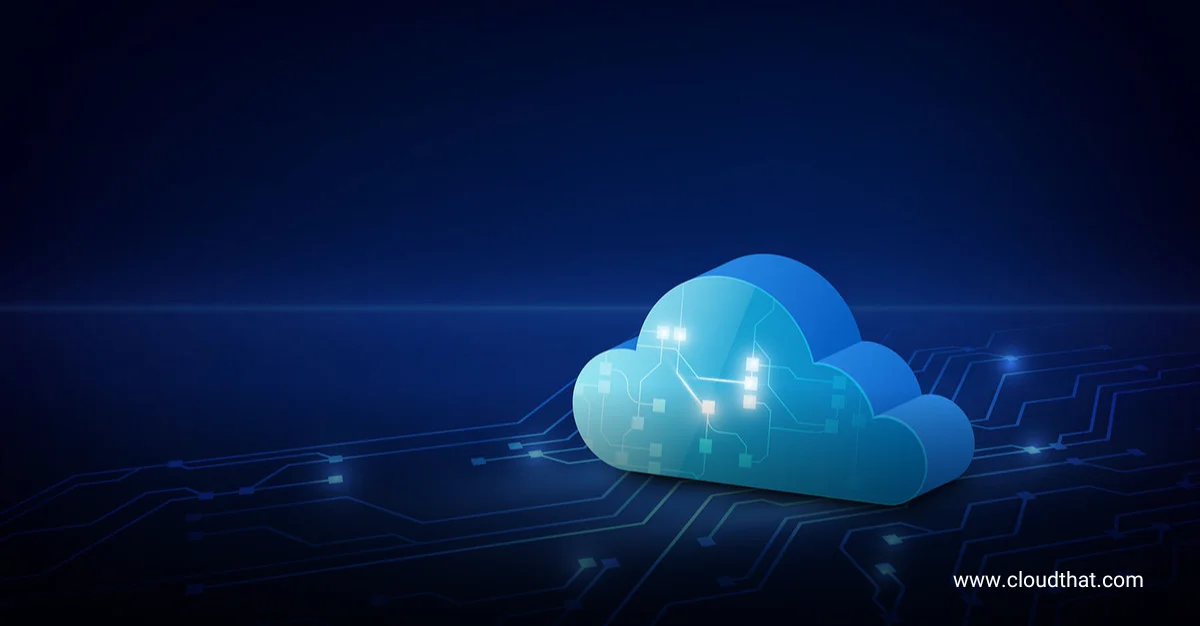

Comments